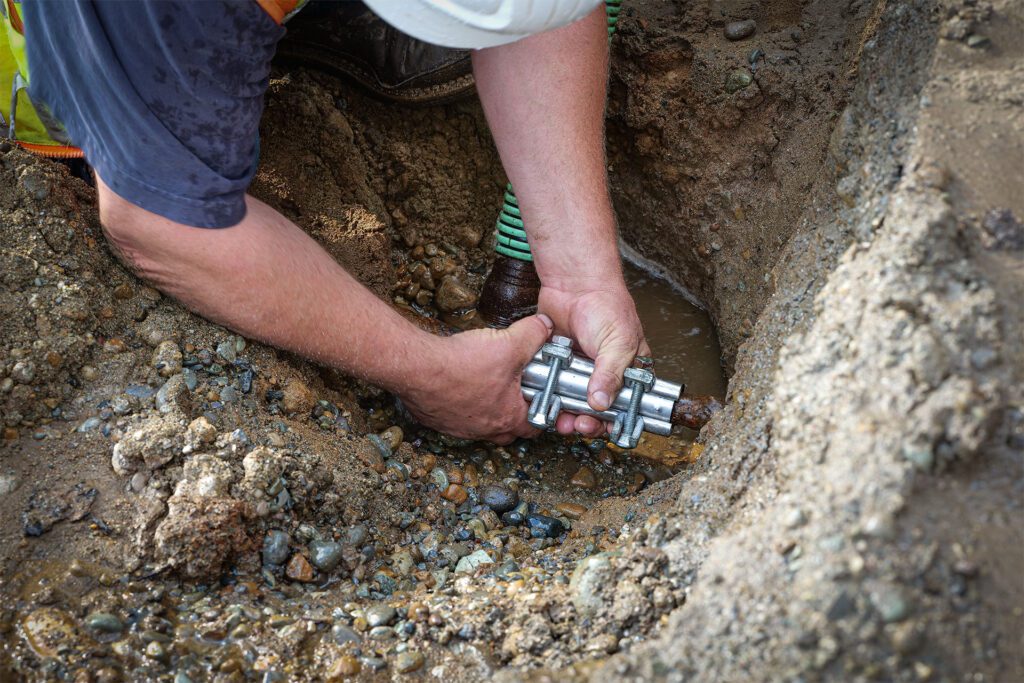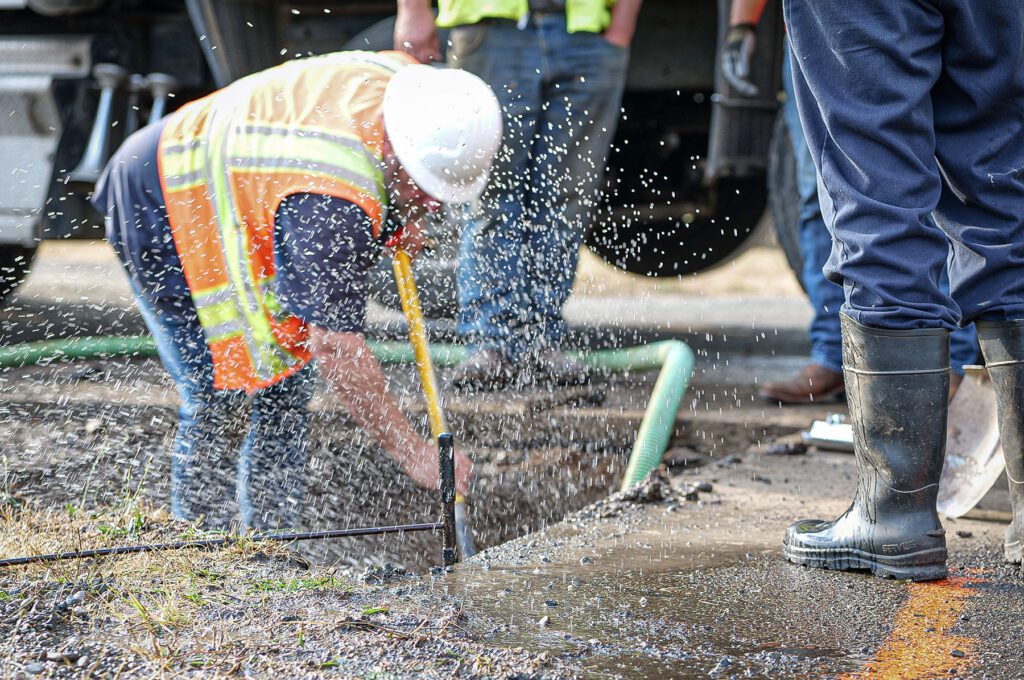The Soggy Truth – Leaks
Did you know that an average household leaks more than 10,000 gallons of water every year?
Ten percent of homes have leaks that waste 90 gallons or more per day–that’s money (literally) going down the drain.
going down the drain.
So, how can you detect if your home has leaks?
One of the best methods for identifying water leaks (if you have are on a PUD water system) is to use your SmartHub portal under the water tab. SmartHub allows you to see monthly usage totals and gallons-per-day and lets you compare it with the previous year and beyond. This data is key to identifying if a leak has occurred. Notice a big difference in usage? Call our customer service at (360) 385-5800 and ask for our water team!

Do you know where your water meter is located?
It’s a great idea to know where your water meter is located and understand the basics of checking your meter. A great way to identify is you have a leak is to check your water meter before and after a two-hour period when no water is being used. If the meter does not read exactly the same, you probably have a leak.
A good method to check for leaks is to examine your winter water usage. It’s likely that a family of four has a serious leak problem if its winter water use exceeds 12,000 gallons per month.
Inside the Home
Common types of leaks found in the home include worn toilet flappers, dripping faucets, and other leaking valves. All are easily correctable. Fixing easily corrected household water leaks can save homeowners about 10 percent on their water bills.
One way to find out if you have a toilet leak is to place a drop of food coloring in the toilet tank. If the color shows up in the bowl within 10 minutes without flushing, you have a leak. Make sure to flush immediately after this experiment to avoid staining the tank.
If your toilet is leaking, the cause is often an old, faulty toilet flapper. Over time, this inexpensive rubber part decays, or minerals build up on it. It’s usually best to replace the whole rubber flapper—a relatively easy, inexpensive do-it-yourself project that pays for itself in no time.
Retrofitting the house could save the family nearly $2,400 in water and wastewater bills over the lifetime of the toilets.
A leaky faucet that drips at the rate of one drip per second can waste more than 3,000 gallons per year. That’s the amount of water needed to take more than 180 showers! Leaky faucets can be fixed by checking faucet washers and gaskets for wear and replacing them if necessary.
A showerhead leaking at 10 drips per minute wastes more than 500 gallons per year. That’s the amount of water it takes to wash 60 loads of dishes in your dishwasher. Most leaky showerheads can be fixed by ensuring a tight connection using pipe tape and a wrench.
Down the Drain
Household leaks can waste more than 1 trillion gallons annually nationwide. That’s equal to the annual household water use of more than 11 million homes.